
Behind the wheel of rare 1950 Cisitalia 202 Cabriolet
Story and photos by Dean Larson
The phrase rolling sculpture sounds like a trendy title you might use for any car that’s visually appealing, but as you’ll see, that phrase belongs solely to the Cisitalia 202. While Cisitalia may not be a household name, and the 202 may not appear ahead of Ferrari, Maserati and Mercedes on any list of the world’s most beautiful cars, the 202 owns a permanent title in the narrative of automotive design. For its uninterrupted and succinct body shape, the 202 was labeled revolutionary upon its debut in 1947, and that's without mentioning the car’s performance pedigree. But you can’t really talk about the 202 without first covering the man behind the marque, and a small open-wheel car called the D46.
Piero Dusio was a wealthy Italian businessman that got his start in textiles, and later established Consorzio Industriale Sportivo Itali, or Cisitalia, for the manufacture of textiles and sporting goods. Dusio had built up a sizable fortune after becoming the sole supplier of uniforms for Mussolini’s army, and he became convinced his next endeavor would be an automobile company after the conclusion of World War II.
Having been a successful racing driver in the 1930s with a class win at the Mille Miglia, Dusio came up with a race winning combination of men and materials that spanned boarders in postwar Europe. Dusio leaned on Fiat as a reliable source of mechanical parts that could be modified, and the successful Italian driver Tazio Nuvolari would help get the company’s cars on the podium. Other members of Dusio’s camp included Carlo Abarth, who was born in Austria, but later became an Italian citizen and founded the successful tuning company Abarth, and also Austrian designer Rudolf Hruska and German Ferry Porsche.
The first product of Cisitalia was the featherweight D46, an open-wheel racer based on heavily modified Fiat parts. With an early spaceframe chassis, dry-sump oiling and a hot 1,100 cc engine, the D46 was a potent performer and Dusio envisioned somewhat of a spec series for the cars. While the series never materialized, D46s soon started to dominate the voiturette series against more powerful, but less efficient older cars. Furthermore, the brand new D46s achieved a one-two-three finish at the Coppa Brezzi in September 1946, and Cisitalia became Europe’s postwar sensation. Inspired by the success of the D46, Dusio lead Cisitalia down two new paths, one for a revolutionary but ill-fated Grand Prix car called the Cisitalia 360, and the other, for a beautiful grand tourer based on the D46’s 1,100 cc Fiat.
While the Fiat engine was small, it was no slouch when outfitted with a custom cylinder head, lightweight rods, high-compression pistons and a forged crankshaft. 70 hp to the wheels was common in race trim, and the folks at Cisitalia knew the engine could power a GT car to near triple digit speeds, provided it wasn’t “unnecessarily burdened.” Fiat again provided many of the raw mechanicals, which were worked over at Cisitalia and made into lightweight rolling chassis. Aluminum bodywork would come courtesy of various design houses, but most notable was the definitive coupe body designed by Pinin Farina.
In order to maximize the effect of the 1,100 cc lump, Pinin Farina designed a tight and aerodynamically friendly shape unlike any other car available. See, automotive design of the day largely utilized separate forms for the main functions of an automobile, with one shape for the cabin, another for the engine bay, wheels and so on. Debuting in 1946, the new Cisitalia 202’s shape was concise, uninterrupted and designed around a uniform shell. The world took notice immediately, and the 202 was touted as “rolling sculpture,” and a revolution in automotive design. In fact, the 202 became the first car placed in an art museum in the U.S. when a ’46 202 coupe was placed in the New York Museum of Modern Art in the fall of 1951. Furthermore, the Museum of Modern Art brought a 202 back to its collection in 1972, this time as a permanent exhibit, where it can still be seen today.
In total, between 160 and 170 202s were built between 1946 and 1950. Most sources indicate that 17 of these were cabriolets, but it seems that more like 60 cabriolets were built, and 100 coupes were finished. Cisitalia also built a number of special versions, including the 202 Streamliner, 202SMM Spyder Nuvolari, 202 MM Razzo and others.
Unfortunately the 202 was not a resounding commercial success, as the coach-built body added significantly to the cost of the cars. Dusio’s Grand Prix project with Porsche, the Cisitalia 360, also proved to be far too ambitious of an undertaking, eroding Dusio’s fortune and effectively ending Cisitalia’s racing efforts. Dusio ended up moving to Argentina around 1949 where he pursued other automotive projects, and a refinanced Cisitalia continued on in Turin until 1963.
Finding a Cisitalia 202 today is most uncommon, especially here in the United States. The cars continue to have a passionate following in Europe, as well as Argentina, and that’s where we pick up the story on this particular 202. This 1950 model lived for a number of years in Argentina, and it was recently treated to a comprehensive restoration there. Imported into the U.S. just two years ago, the car awaits its official debut onto the show scene, but is to be featured in an upcoming documentary on the brand.
In the flesh, this little Cisitalia is a sweet machine unlike any exotic from the period. It’s finished in silver with a red convertible top and dark red upholstery, and the car just oozes taste. The little 1,100 cc engine clamors to life with an angry exhaust note, and it reluctantly cruises on at a relaxed pace, but it’s clear this car want to be driven harder.
The cabin is a sublime place to be with excellent seating and great legroom. The controls are finished with Bakelite-esque knobs that catch the sun just right, and long metal needles bounce around the large dials in the dash. The car is fit with a spectacular radio in the dash, and owner cites that it actually works. Every detail on the car reflects thorough quality of construction and an expert restoration. Inside and out, static or rolling, the Cisitalia is an absolute treasure and definitely a marque to watch in the coming years.

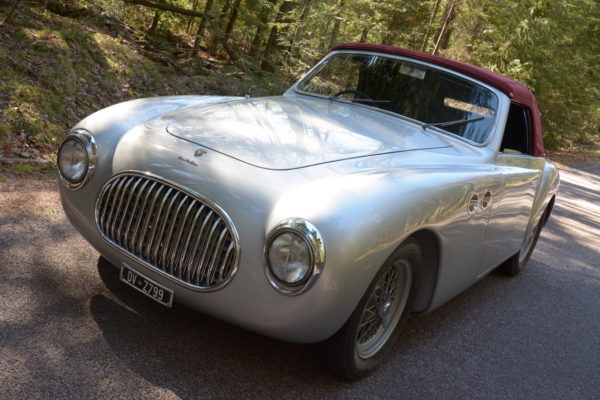
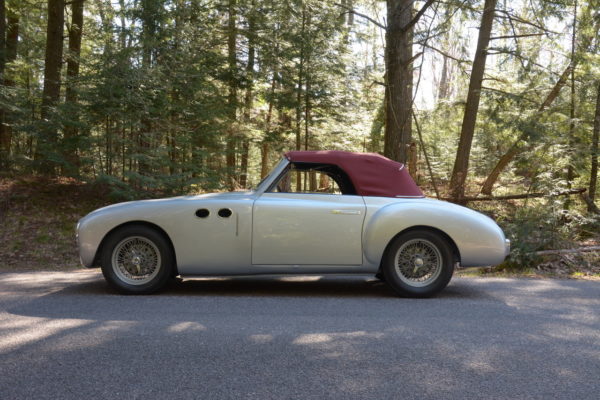
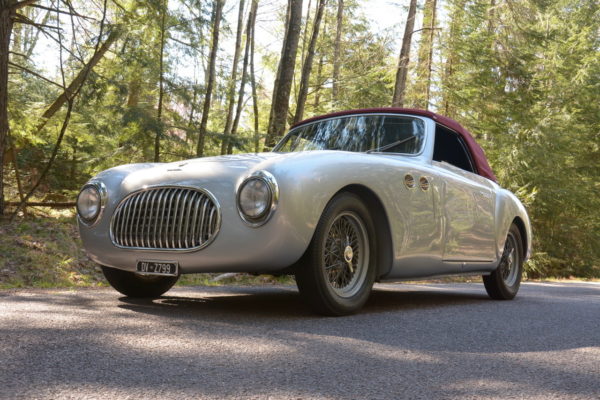
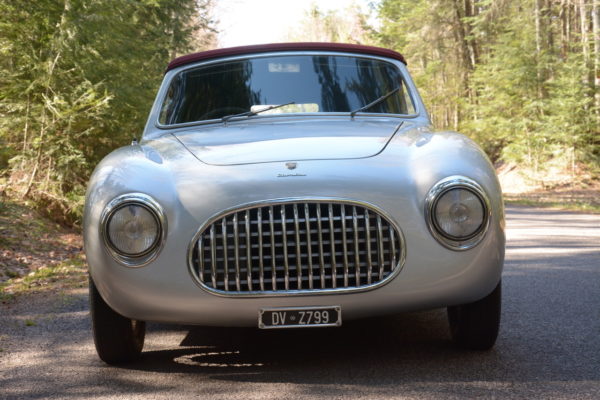
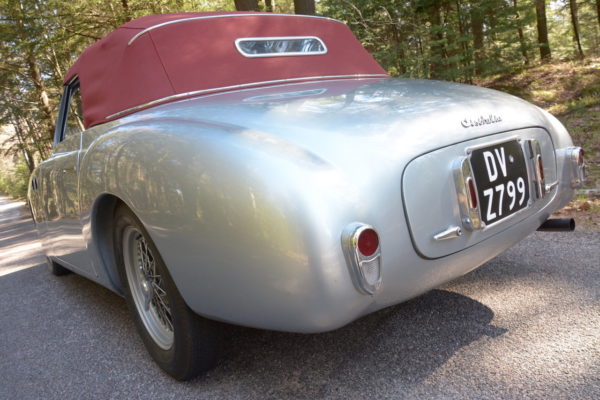
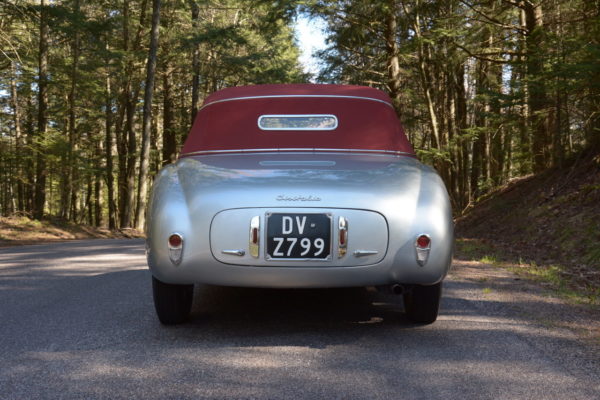
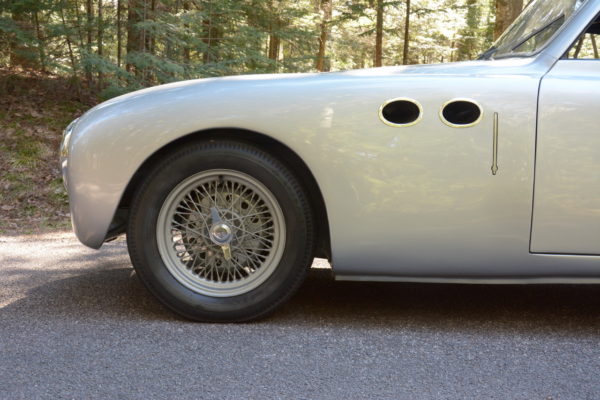
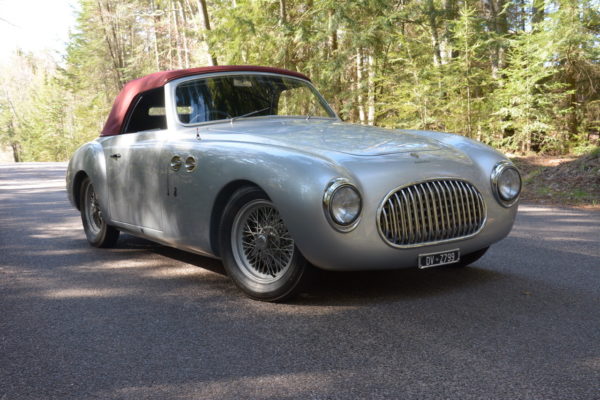
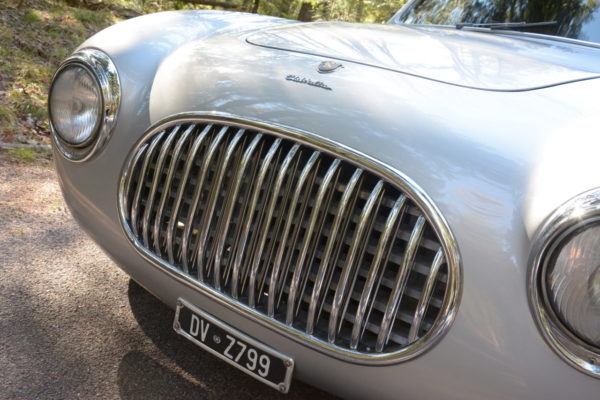
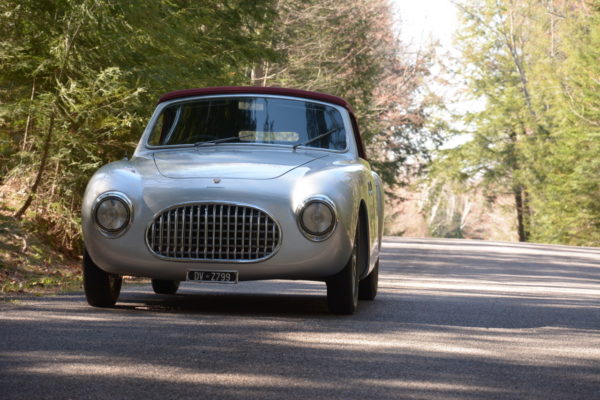
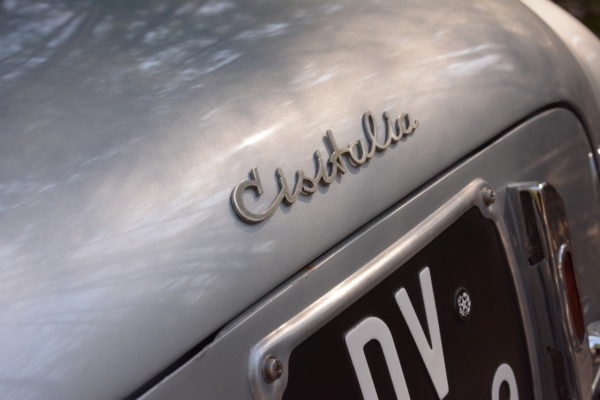
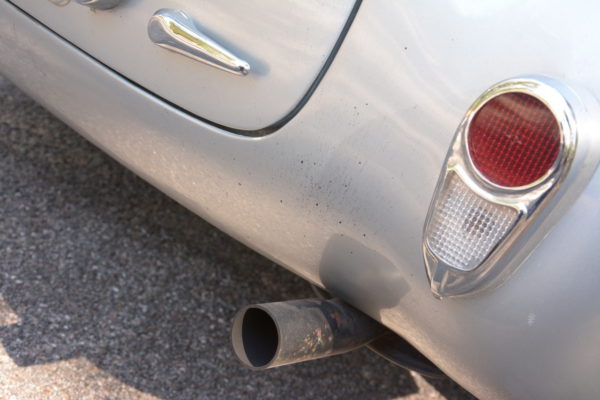
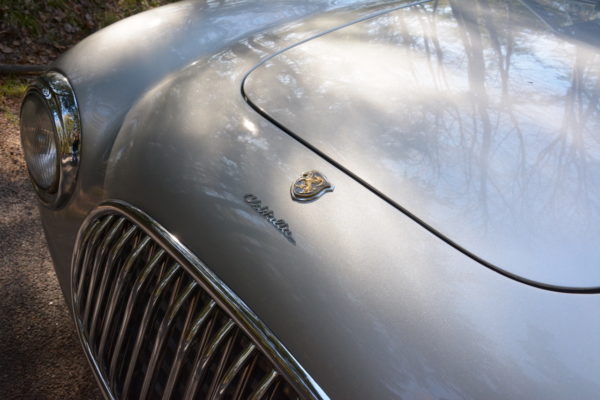
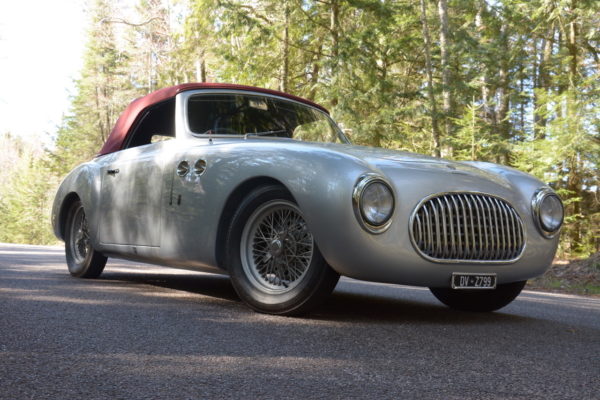
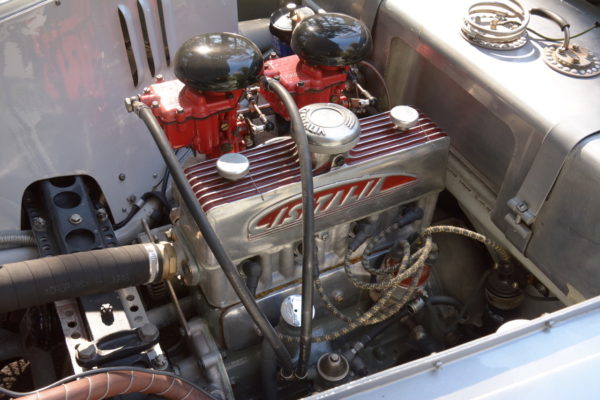
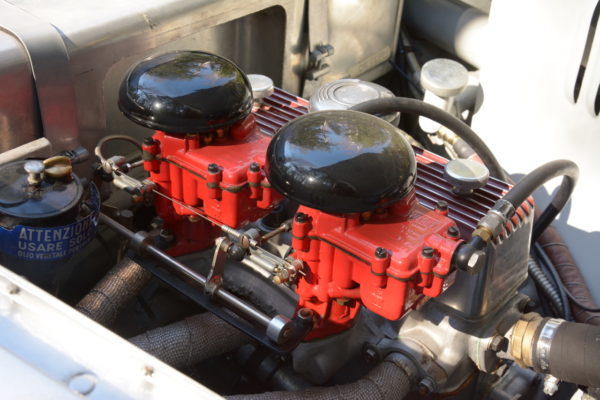
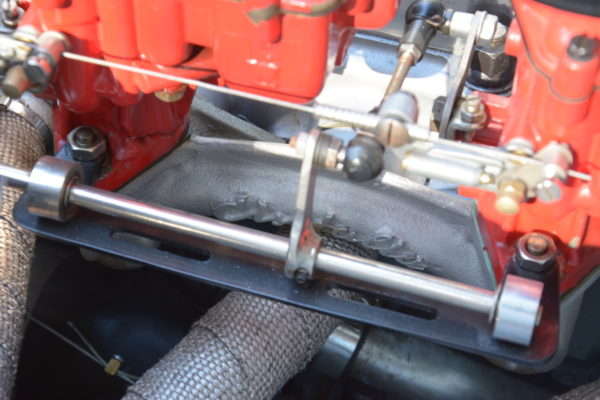
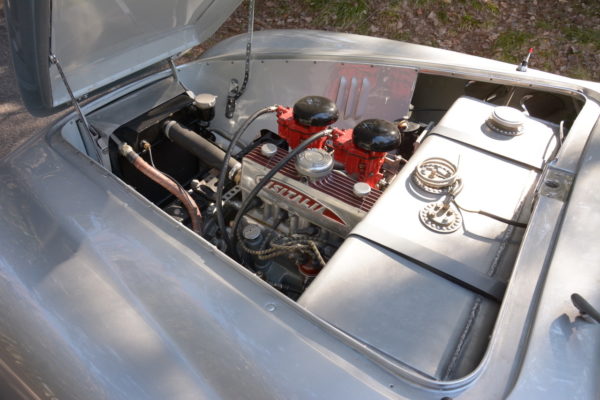
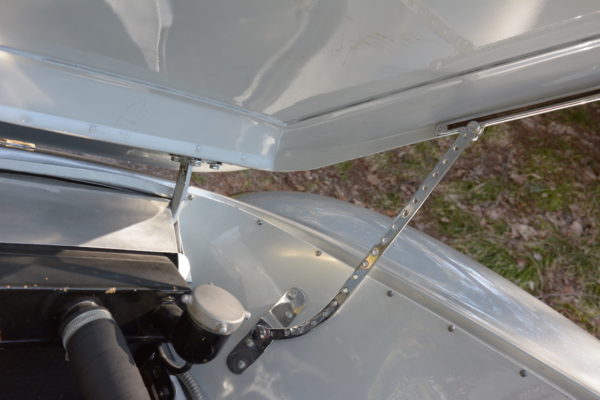
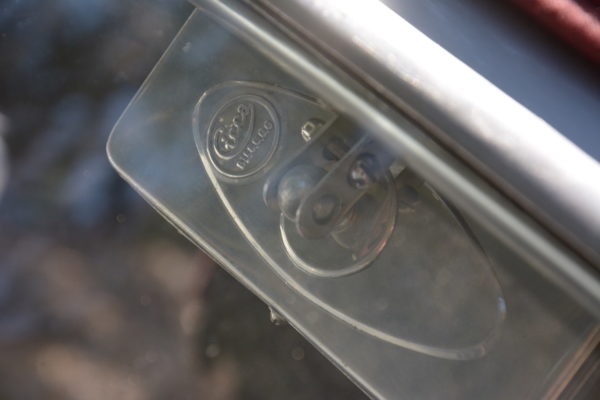
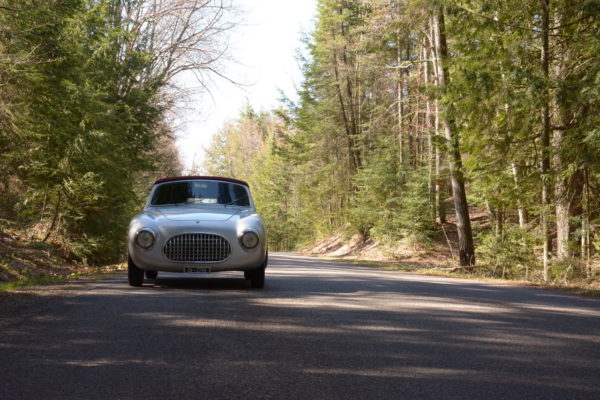
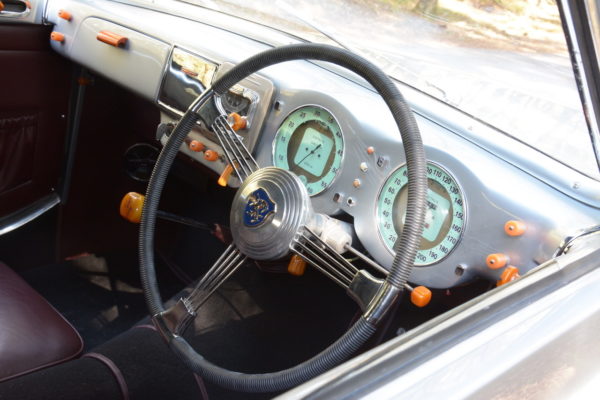
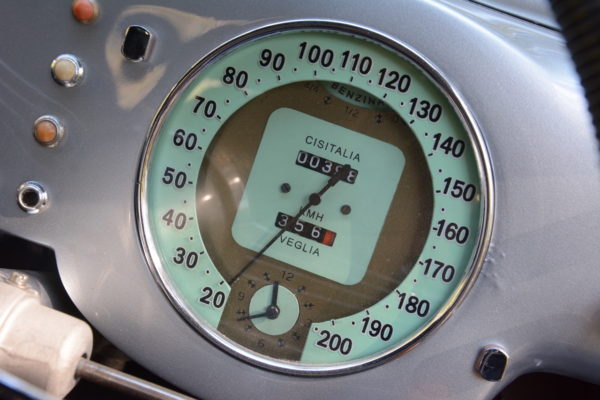
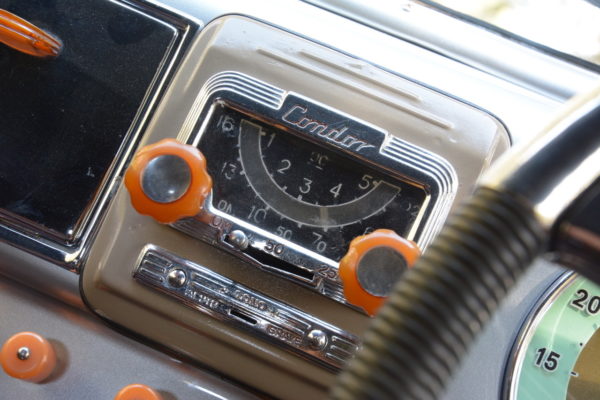
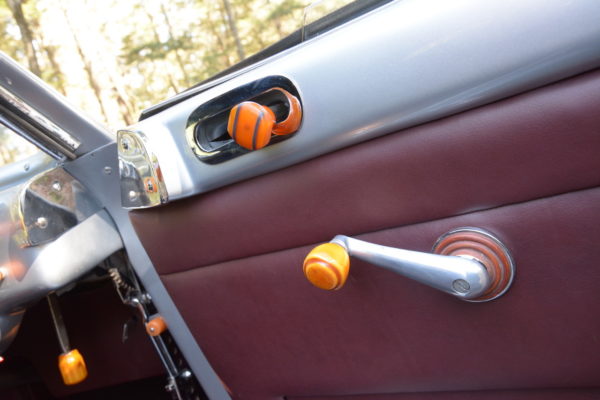
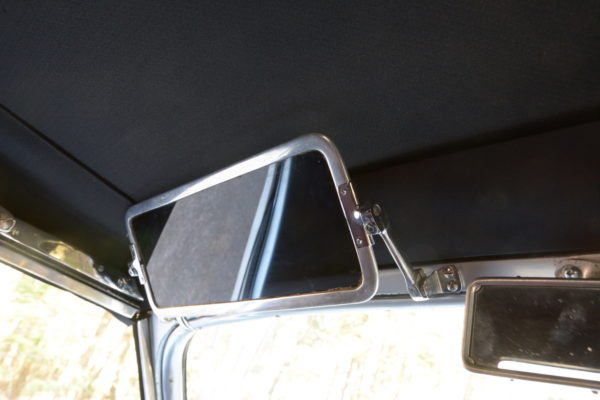
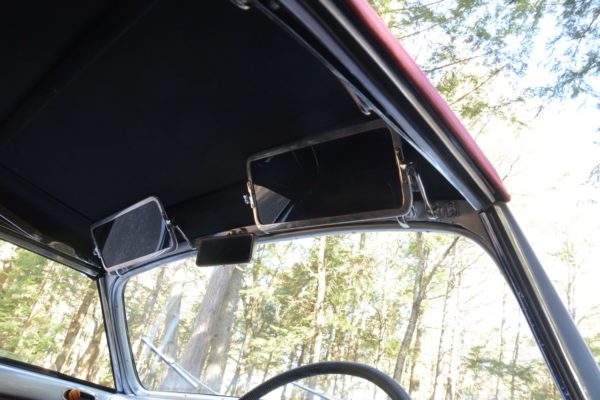
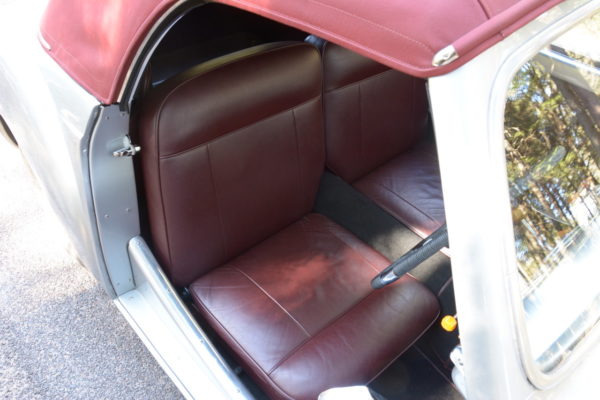
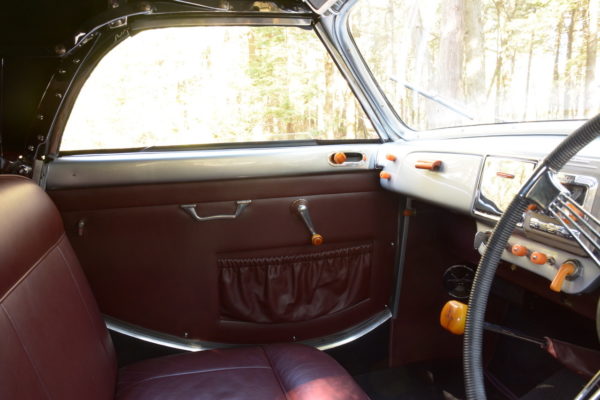
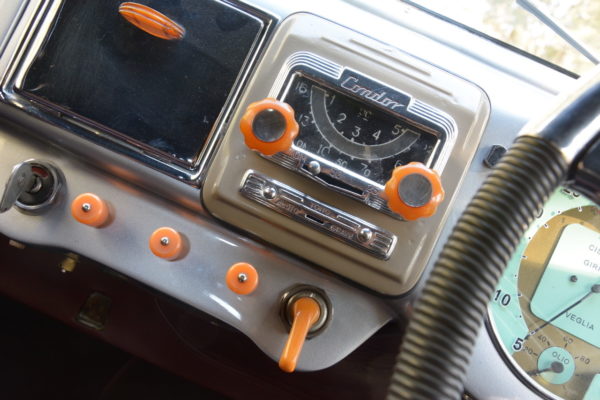
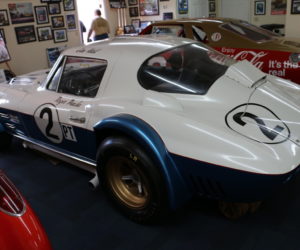


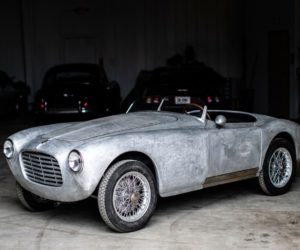
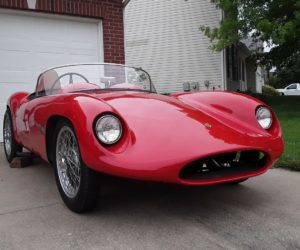
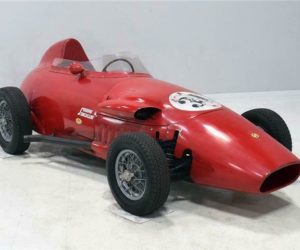




Comments for: Rolling Sculpture
comments powered by Disqus